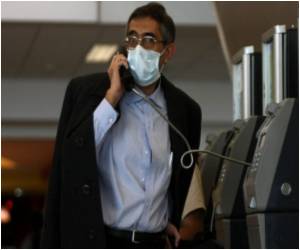A bubonic plague killed a rural boy last week as three more people showed possible symptoms of the disease.

The emergency ministry said that three more people from the same village as the victim were hospitalised Tuesday on suspicion of being infected with the deadly disease.
"Residents of Sary-Kamysh... came to the hospital at 12:30 am," the ministry said in a statement. "They are now under medical care."
The three new patients, a woman with a toddler and a teenager, exhibited symptoms of bubonic plague, namely a fever and swollen lymph nodes in their armpit and neck areas, an informed Kyrgyzstan government source told AFP on condition of anonymity.
"They had contact with the deceased 15-year-old," the source said.
The health ministry however denied that any new patients have been infected.
Advertisement
Officials had isolated 131 people as of Tuesday to prevent the possible spread of the disease, said Asylbek Sydykanov, the ministry's public health official.
Advertisement
The Ak-Suu district, which borders Kazakhstan and China, lies close to the Issyk-Kul lake and is a popular tourist destination.
Kazakhstan said Tuesday that it is stepping up preventive measures to stop any possible outbreak on its territory, introducing "special monitoring" of people crossing the border from Kyrgyzstan.
Kazakhstan's health ministry also warned its citizens against travelling to Kyrgyzstan "until the epidemiological situation regarding the plague is stabilised".
Bubonic plague is a bacterial infection that is a strain of the "Black Death", a virulent disease that killed tens of millions of people in 14th-century Europe. Primarily an animal disease, it is extremely rare in humans.
Source-AFP










